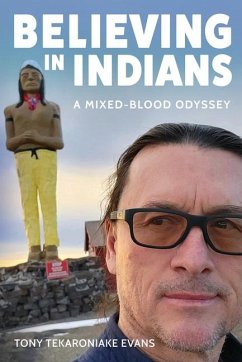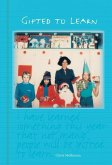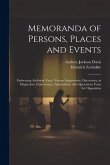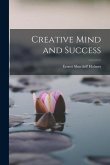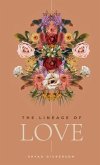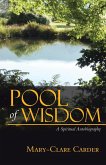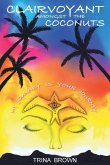Coming of age in an era of assimilation and cultural erasure, Tony Tekaroniake Evans' third-grade teacher informed his class that Indians no longer exist. How could this be when his grandmother spoke Mohawk in the house? Thus begins a comical, informative, and heartbreaking journey in search of his Indigenous identity. His transformative encounters with mentors, books, and conflicting ideas about Indians shatter stereotypes and challenge assumptions on both sides of the cultural divide. He pursues the deeper significance of his Iroquois traditions and, with irony and wit, delivers a critique of American history shaped by being both Indian and non-Indian. He finds no easy answers, and ultimately, his story becomes an affirmation that loyalty to family, with all its quirks and heartaches, is the quintessential ideology.
Bitte wählen Sie Ihr Anliegen aus.
Rechnungen
Retourenschein anfordern
Bestellstatus
Storno

